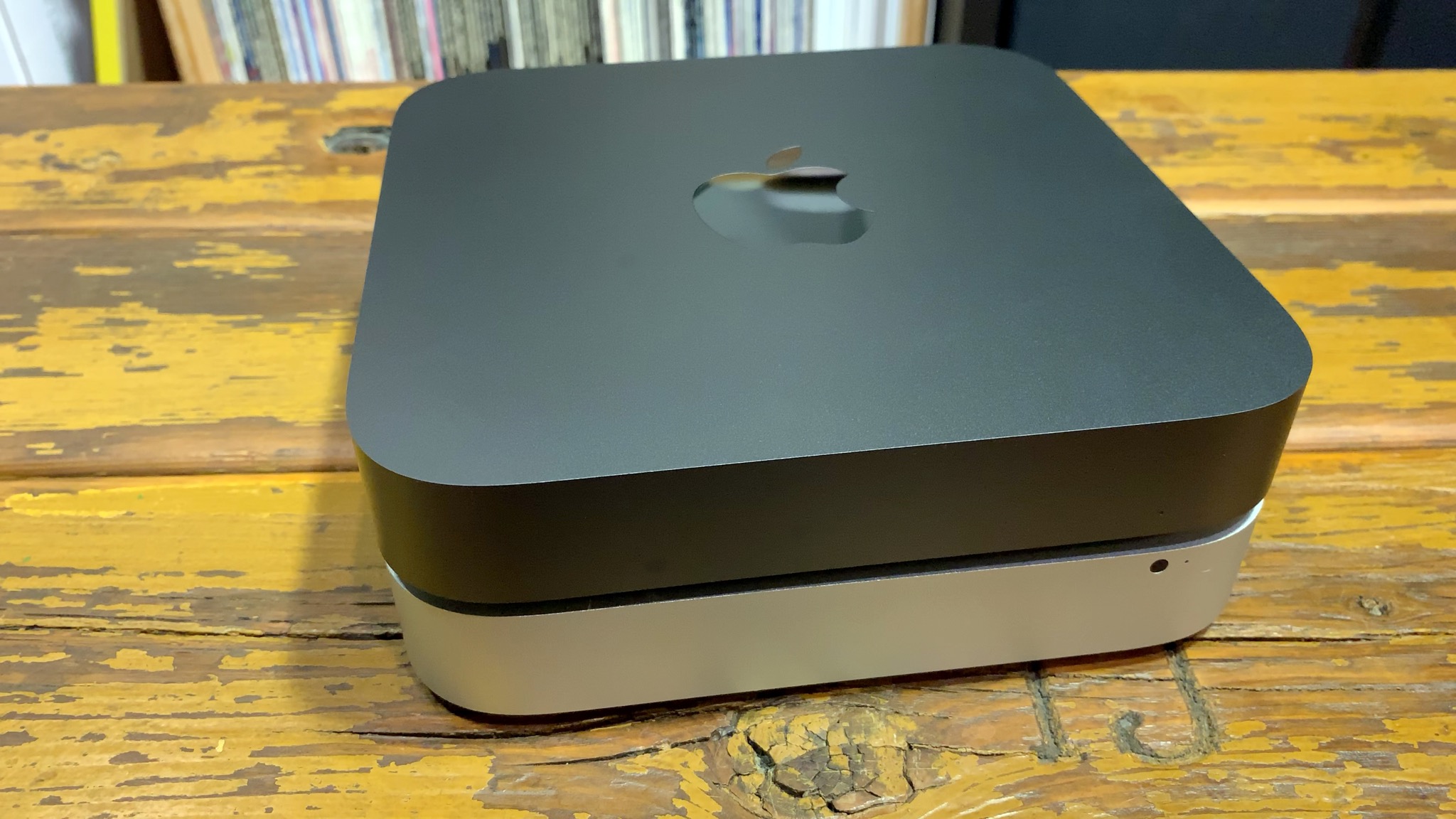
Both processors also support Turbo Boost, which lets processors run faster than their rated speed when necessary. Both the Core i5 and i7 support Intel’s Hyper Threading technology, which allows applications to address four virtual processing cores on the Core i5, and eight virtual cores on the Core i7.
#Mac mini review i7 mac#
The $799 Mac mini has a 2.3GHz quad-core Core i7 Ivy Bridge processor. The $599 Mac mini has a 2.5GHz dual-core Core i5 Ivy Bridge processor last year’s high-end model also had a 2.5GHz dual-core Core i5 processor, but it was from the Sandy Bridge family. Processor boost 2012 Mac mini, with the bottom removed I haven’t gotten my hands on a Fusion Drive yet, but I’m anxious to see how it differs from hybrid drives, such as the Seagate Momentus XT, which combines a fast but pricey solid-state memory with an affordable but slow rotational hard drive. For example, if you use Aperture all the time and infrequently use iPhoto, the Fusion Drive and OS X might move the iPhoto library and application to the slower portion of the hard drive, and move Aperture to the faster flash storage. Over time, the Fusion Drive is supposed to learn your work habits and move apps and data around between the hard drive and flash storage to provide the best performance. The operating system and applications are installed on the flash storage at the factory.
#Mac mini review i7 upgrade#
And this high-end model has options: For an additional $300, you can upgrade to 256GB of flash storage, or for $250 you can opt for a new 1TB Fusion Drive.Ī Fusion Drive brings together a 1TB hard drive and 128GB of flash storage.

The high-end $799 Mac mini also comes standard with a 5400 rpm drive, though at 1TB it has twice the capacity. Aside from RAM, it has no optional upgrades available from the Apple Store. The entry-level $599 Mac mini comes with a relatively pokey 5400-rpm 500GB hard drive. Both the $599 and $799 standard Mac minis come with two 2GB 1600MHz DDR3 SDRAM modules (for a total of 4GB), but they can be upgraded to use up to 16GB of RAM. Thoughts? Really interested to hear what view you have on this.The Mac mini’s body sits on a round, quarter-inch high black plastic disc that, when rotated half an inch, can be removed to expose the two RAM slots. I saw an online review showing the i7 to be marginally better and concluded unless for high power users it wasn't worth it. Of course there is a limit to how much to upgrade the closer I get to iMac 27" territory. Hence I'm wondering if going for the faster processor i7 would be a future proofing measure that might add a few more years to it's life. I upgraded memory and processor on purchase which I'm sure is why it was still usable although beginning to struggle. I bought a MacBook Air in 2010 which died on me (liquid spill) this week. I use cloud storage so not sure the SSD is such an issue now that the base spec is 256Gb. I don't currently edit video but as I get skilled I will be doing so but not professionally, just for student support videos.

Which configuration would be a wiser choice?Ĭontext, I am a school teacher using a document scanner (Ipevo) to record instruction and upload to Vimeo.


I'm in the market to buy the new 2020 Mac mini.


 0 kommentar(er)
0 kommentar(er)
